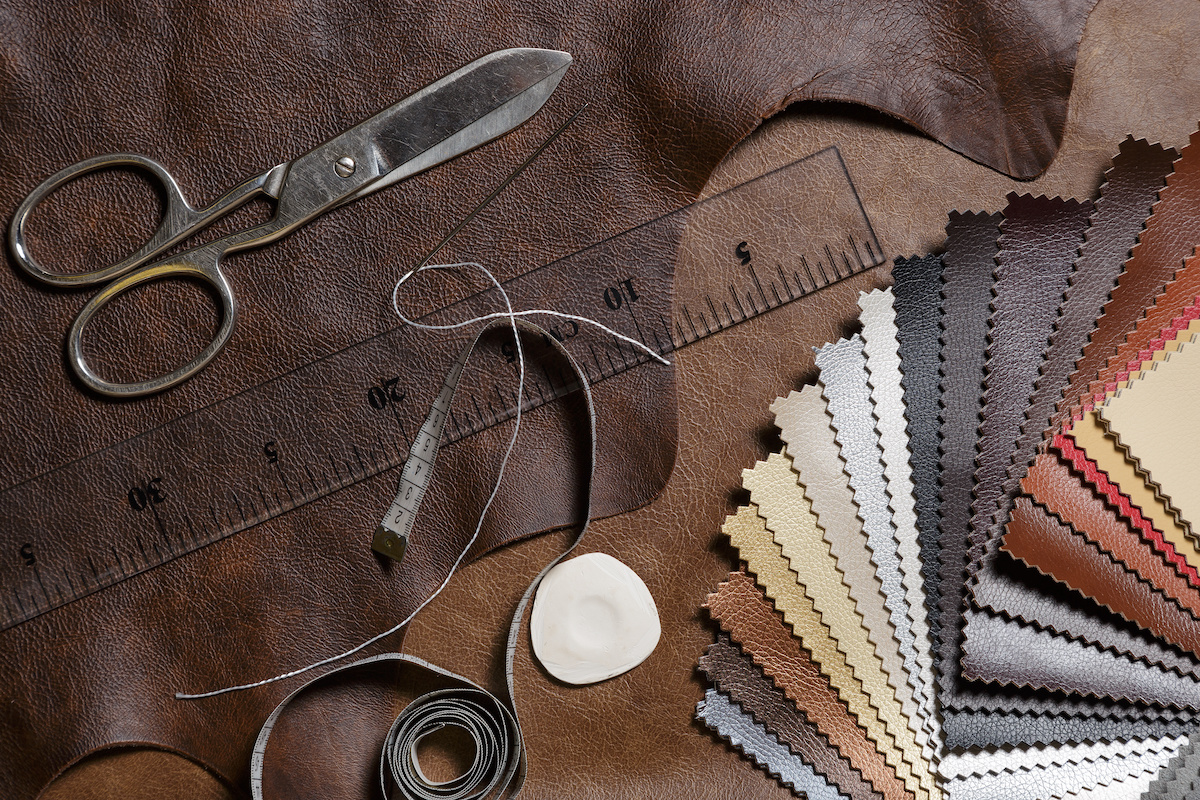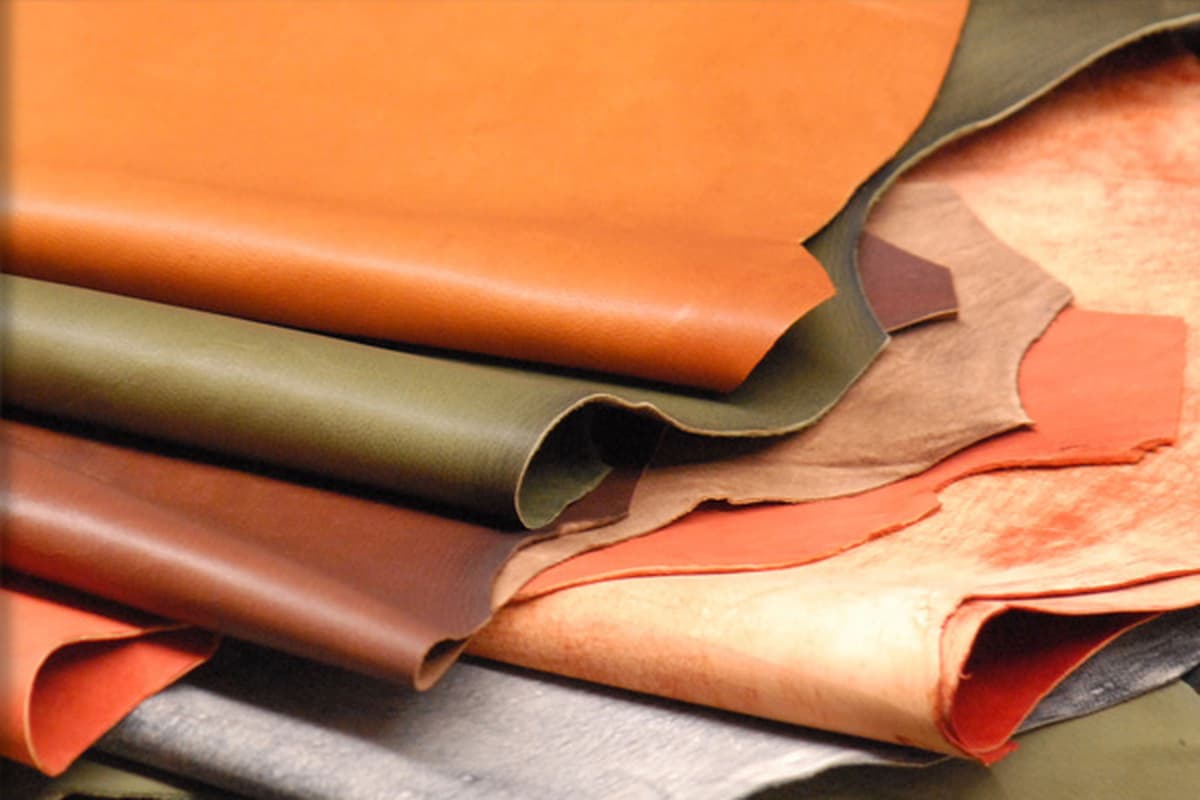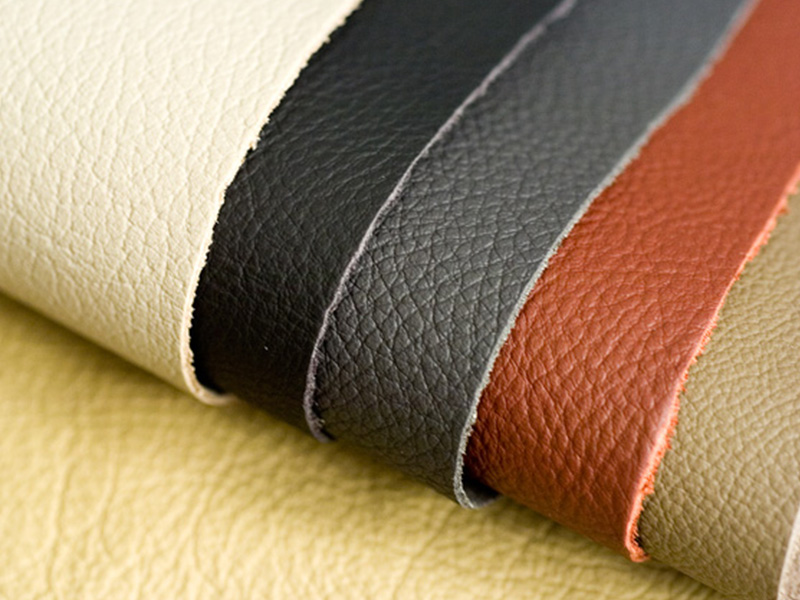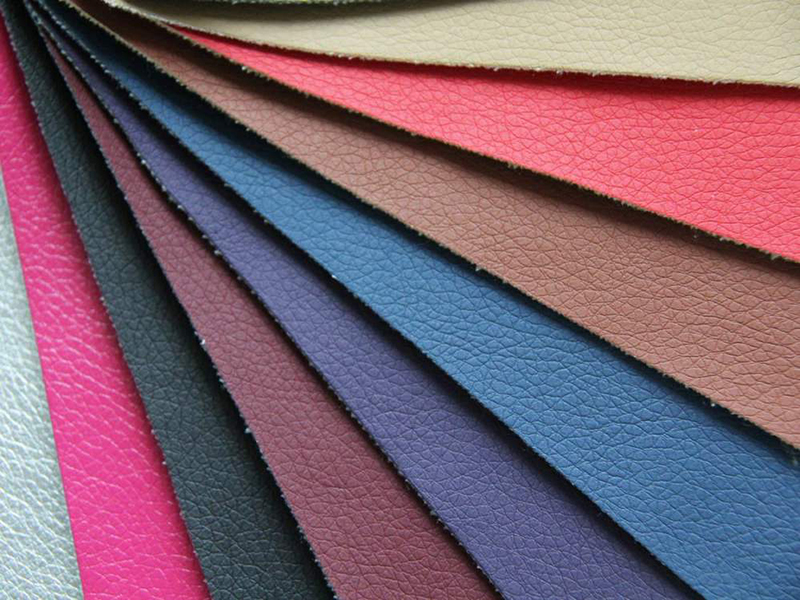Leather is a popular and timeless material used in a variety of industries, including fashion, upholstery, and accessories. While there are different types of leather available, cow finished leather stands out due to its durability, versatility, and aesthetic appeal. In this article, we will explore the advantages and disadvantages of cow finished leather, delve into the manufacturing process, and discuss its various applications.
Advantages and Disadvantages of Cow Finished Leather:
1. Durability and Strength:
One of the primary advantages of cow finished leather is its exceptional durability. Due to the dense and fibrous nature of cowhide, it is resistant to wear and tear, making it long-lasting. Additionally, its strength allows it to withstand heavy usage and survive harsh environments.
2. Versatility:
Cow finished leather is incredibly versatile, making it suitable for a wide range of applications. It can be transformed into various textures and finishes, such as full grain leather, top grain leather, corrected grain leather, or split leather, depending on the desired look and purpose. This versatility appeals to manufacturers who require different types of leather for their products.
3. Aesthetic Appeal:
The natural grain pattern and texture of cow finished leather give it an intrinsic beauty that enhances the appeal of any product made from it. The unique characteristics of each hide provide a distinct appearance, making cow leather highly sought after in the fashion industry.

4. Comfort:
As cow finished leather is known for its softness and suppleness, it offers a level of comfort that synthetic materials cannot replicate. This characteristic makes it ideal for producing footwear, upholstered furniture, and other items that require a combination of durability and comfort.
5. Easy Maintenance:
Cow finished leather is relatively easy to maintain, requiring simple cleaning and conditioning routines. Proper care can help preserve the leather’s longevity and beauty, making it an excellent investment for consumers and manufacturers alike.
While cow finished leather has its advantages, there are also a few disadvantages worth considering:
1. Price:
Compared to other types of leather, cow finished leather can be relatively expensive. However, the added cost is justified by the material’s durability and longevity, making it a worthwhile investment in the long run.
2. Imperfections:

As cow finished leather utilizes the entire hide, it may contain natural markings, such as scars, bite marks, or wrinkles. While these imperfections contribute to the unique charm of the leather, some consumers may prefer a more uniform appearance.
How to Make Cow Finished Leather:
The manufacturing process of cow finished leather involves several stages:
1. Preparation:
Once the hides arrive at the tannery, they undergo a thorough inspection and are sorted according to quality. Next, the hair is removed by either a chemical or mechanical process called dehairing.
2. Tanning:
After the preparation stage, the hides are subjected to tanning, where they are treated with chemicals to stabilize and preserve the leather. Tanning can be done using either vegetable-based or chromium-based tanning agents, each offering distinct characteristics to the finished leather.
3. Finishing:

Once tanned, the leather is dyed if necessary, and the desired finish is applied. This can involve processes like buffing, embossing, or sanding to create different textures and patterns. The finishing stage adds depth and richness to the leather, enhancing its overall appearance.
How to Use Cow Finished Leather:
Cow finished leather finds extensive use in various industries:
1. Fashion and Accessories:
From belts and wallets to handbags and footwear, cow finished leather is a popular choice in the fashion industry due to its durability, appearance, and versatility.
2. Upholstery and Furniture:
The comfort, strength, and aesthetic appeal of cow finished leather make it an ideal material for upholstering furniture such as sofas, chairs, and ottomans.
3. Automotive:

Cow finished leather is widely utilized in the automotive industry for car interiors, steering wheel covers, and gear shift knobs, providing a luxurious and stylish touch to vehicles.
Conclusion:
Cow finished leather continues to be a preferred choice for manufacturers and consumers alike due to its durability, versatility, and aesthetic appeal. Although it has a few disadvantages, its numerous advantages, including durability, versatility, and comfort, outweigh any shortcomings. With proper care, cow finished leather products can last for years, making it a worthwhile investment in various industries, including fashion, furniture, and automotive.



